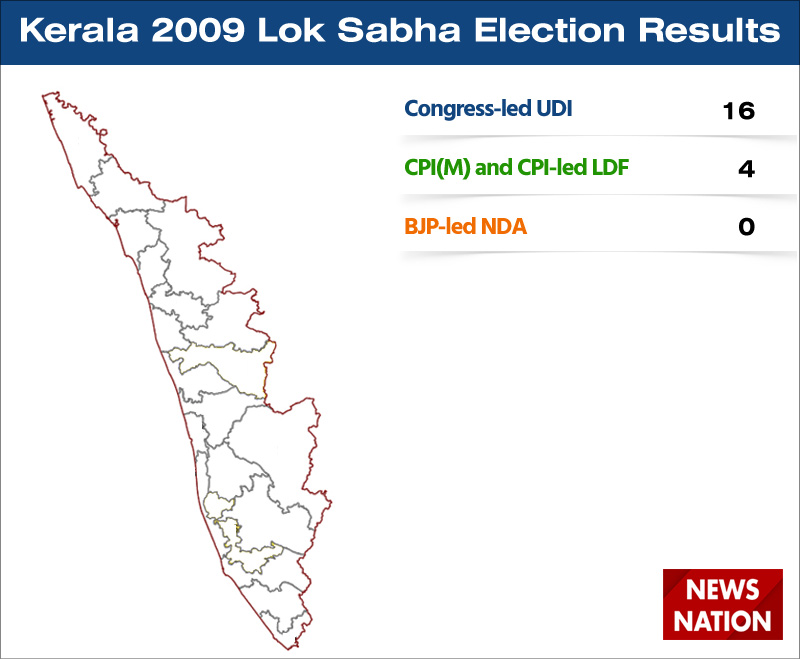

The availability of government beds is abysmally low in India, and an epidemic like coronavirus can very quickly complicate the problem even further. The scenario is pretty similar when the analysis is done for just the elderly population: Northeastern states do far better than others southern states also have higher number of beds available for elderly population - for example, Kerala (7.4), Tamil Nadu (7.8), Karnataka (8.6) - while northern and central states have relatively low availability of government beds for elderly population. The capital city of Delhi has 1.05 beds per 1000 population and the southern states of Kerala (1.05 beds per 1000) and Tamil Nadu (1.1 beds per 1000) also have better availability of beds. Some states do better on this metric such as West Bengal (2.25 government beds per 1000) and Sikkim (2.34 government beds per 1000). Bihar has an acute shortage of government hospital beds with just 0.11 beds available per 1000 population. These 12 states together account for close to 70% of the total population in India. We observe that many states lie below the national level figure (0.55 beds per 1000 population), these include Bihar, Jharkhand, Gujarat, Uttar Pradesh, Andhra Pradesh, Chhattisgarh, Madhya Pradesh, Haryana, Maharashtra, Odisha, Assam and Manipur. In the heatmaps below, we show the state-level variation in availability of government beds in India. The availability of beds for elderly population in India is 5.18 beds per 1000 population. The elderly population (aged 60 and above) is especially vulnerable, given more complications which are reported for patients in this age group. This amounts to 0.55 beds per 1000 population. Using data from National Health Profile–2019, we observed that there are 7,13,986 total government hospital beds available in India. In this piece we focus on availability of government hospital beds for major states in India. Currently, almost all suspected cases of coronavirus are referred to government hospitals and it’s important to assess where we stand in terms of medical capacity to provide necessary healthcare to the affected individuals. For patients who are found to be COVID-19 positive, isolation wards are needed additionally, for critical cases, intensive care is needed. Private healthcare is expensive and unavailable for many poor households in India which leaves public healthcare facilities as the only available option for them. Although the number of COVID-19 cases are still low in India, experts have warned against community spread of the disease which will lead to rapid and huge increase in demand for health facilities. Social distancing has been suggested as a tool to “flatten the curve”, or in other words, prevent the health system from being overburdened. With growing number of coronavirus cases in India (and worldwide), policymakers have sprung into action – more information is being disseminated about preventive measures such as hand washing and not touching the face.


 0 kommentar(er)
0 kommentar(er)
